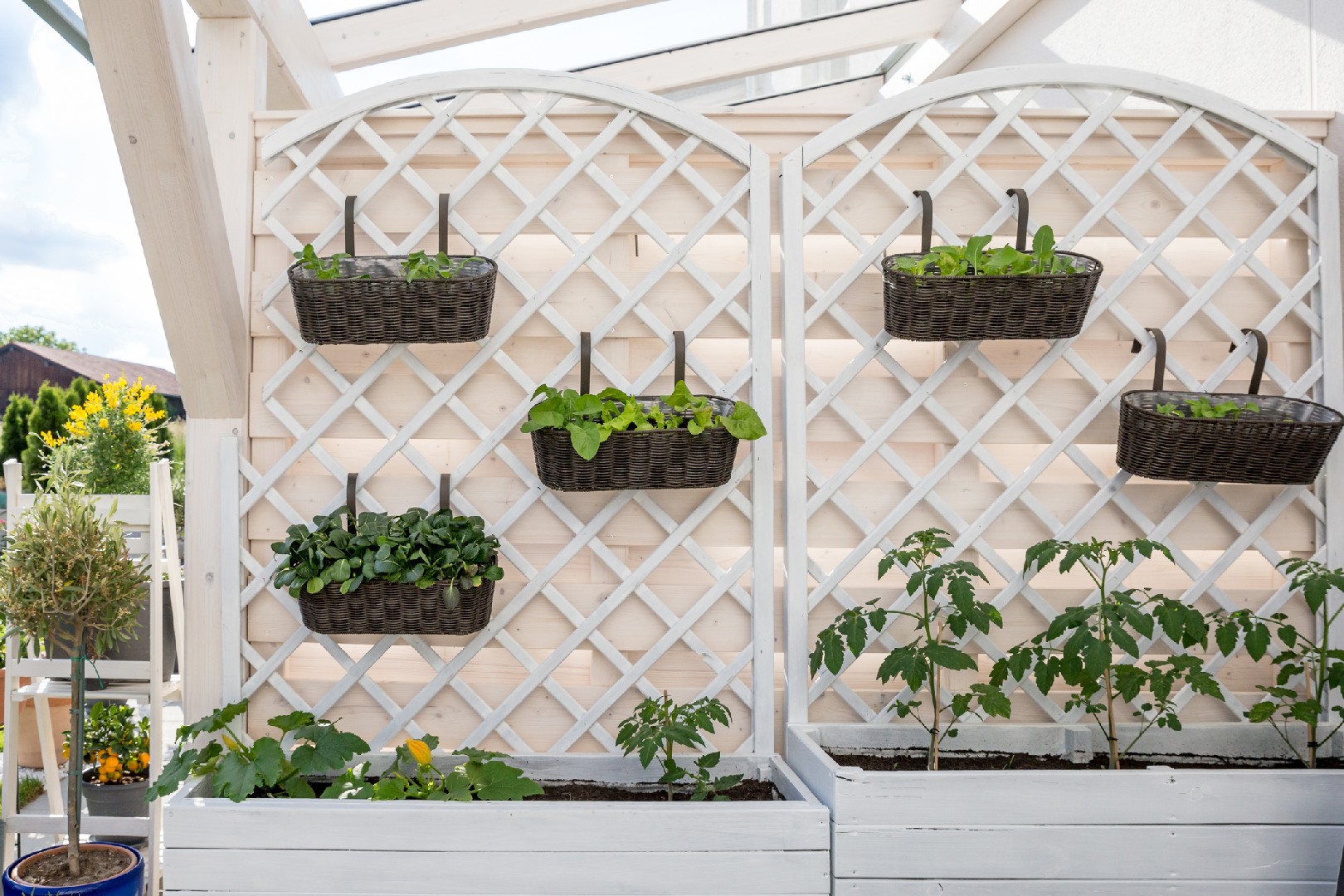![Rectangle]()
The Concept and Benefits of Vertical Vegetable Gardening
Vertical vegetable gardening is an innovative approach to growing vegetables that maximizes space and provides numerous benefits. Instead of planting vegetables in traditional horizontal beds, vertical gardening involves growing them vertically, either on trellises, hanging baskets, or in specially designed vertical structures.
One of the major benefits of vertical vegetable gardening is space maximization. With the ever-increasing population and shrinking land resources, space has become a precious commodity. Vertical gardening allows you to make the most efficient use of available space by utilizing vertical structures such as walls, fences, and racks.
Not only does vertical vegetable gardening save space, but it also helps prevent diseases. Growing vegetables vertically means that plants are more exposed to air and sunlight, creating a better environment for them to thrive. This increased airflow and sunlight can help prevent the development of fungal diseases, which are common in traditional garden beds.
Another advantage of vertical gardening is the higher yield it offers. Vertical structures allow you to grow more plants in a smaller area, resulting in a greater harvest. By utilizing techniques such as companion planting and intercropping, you can further increase the productivity of your vertical garden. For example, planting pole beans next to corn can provide support for the beans while the corn gets sheltered from strong winds.
Vertical vegetable gardening is not limited to specific types of vegetables. In fact, a wide variety of vegetables can be grown vertically. Vining plants such as tomatoes, cucumbers, and peas are ideal for trellises or stakes. Leafy greens like lettuce, spinach, and kale can be grown in hanging baskets. Additionally, herbs and smaller plants like peppers and radishes can thrive in specially designed vertical structures with pockets or pouches.
To successfully implement vertical vegetable gardening, there are a few methods and skills that can greatly enhance your results. Properly preparing the soil and providing adequate support for the plants are crucial. Consider using high-quality organic soil amendments and erecting sturdy trellises or frames to ensure the plants have the necessary nutrients and support to grow vertically. Additionally, regular maintenance such as pruning and training the plants will help promote healthy growth.
In conclusion, vertical vegetable gardening is an exciting and practical way to maximize your harvest. By understanding the concept, exploring the benefits, and familiarizing yourself with the suitable vegetables, you can begin your vertical gardening journey. With proper methods and care, you can create a bountiful and beautiful garden that not only saves space but also provides you with an abundance of fresh and nutritious vegetables all season long.





